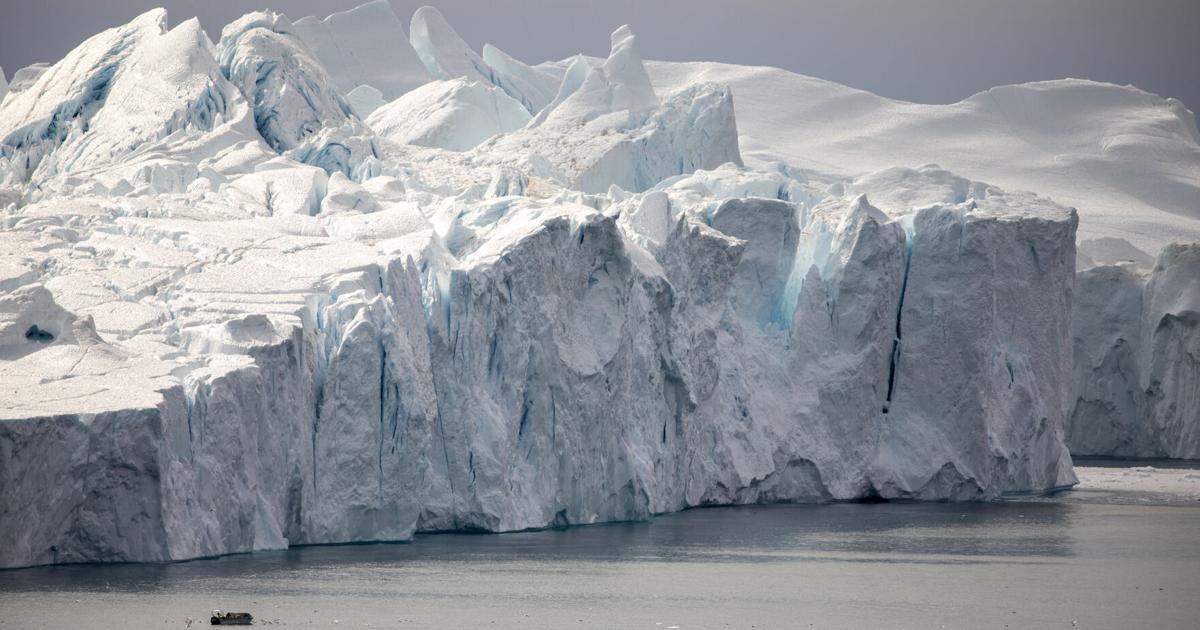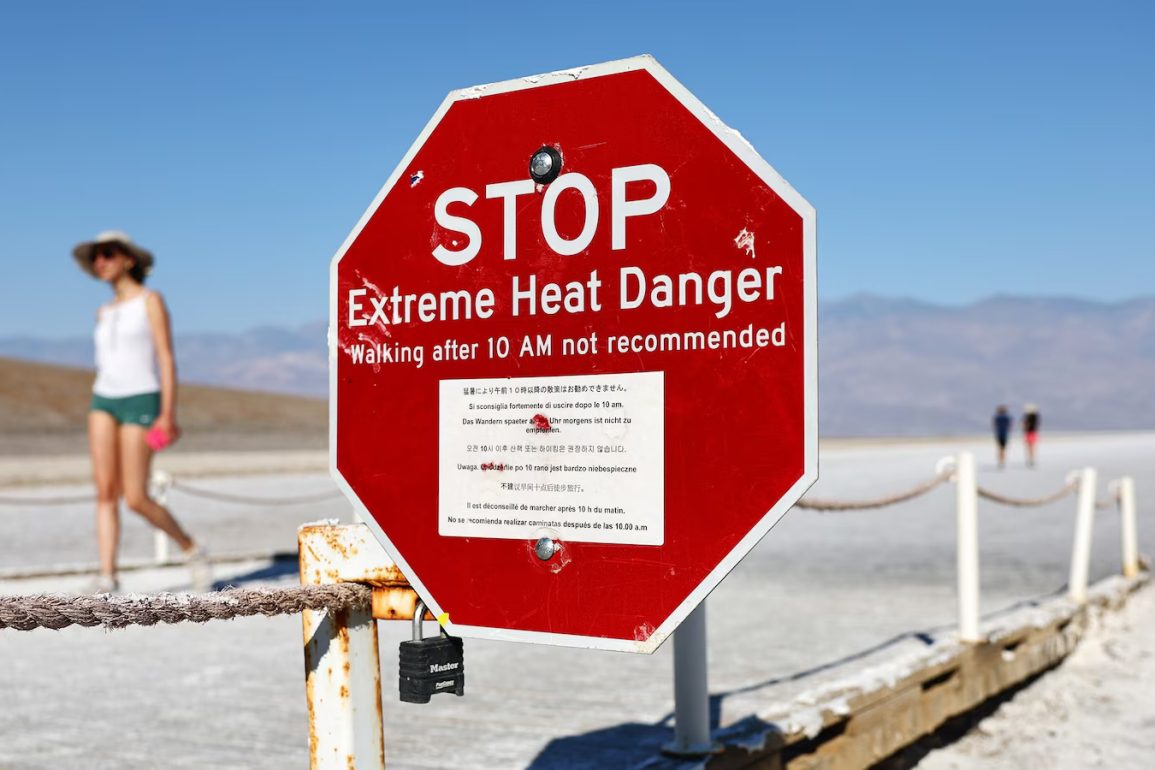In September 2024, Earth experienced its second-warmest September on record, trailing only behind September 2023. This was confirmed by the European Copernicus Climate Change Service and the Japan Meteorological Agency (JMA). Unfortunately, data from NASA and NOAA’s National Centers for Environmental Information (NCEI) is delayed due to the impact of Hurricane Helene on NOAA’s headquarters.
Hurricane Helene was particularly deadly, with 247 fatalities, making it one of the deadliest U.S. hurricanes in recent decades. Climate change, driven by human activity, exacerbated the hurricane’s impact by increasing rainfall in the Asheville, North Carolina, region.
Experts predict that 2024 is likely to become the hottest year on record. Satellite data shows that global lower atmospheric temperatures in September were the highest ever recorded for the month. In the U.S., September 2024 was the second-warmest on record, following September 1998.
The month saw extreme weather events, with catastrophic flooding in the Southeast due to Hurricane Helene and significant droughts in the northern Plains and Great Lakes. By the end of September, over 75% of the contiguous U.S. experienced some level of abnormal dryness, the highest since December 2022.

The transition from the 2023-24 El Niño to neutral ENSO conditions continued, with forecasts indicating the development of weak La Niña conditions later in 2024. However, La Niña is expected to be weaker than previously anticipated, making its typical winter impacts less severe. The NOAA forecast released in early October lowered the probability of La Niña developing from 71% to 60%, with the weak event likely persisting through early 2025.
Arctic sea ice extent in September 2024 was the sixth-lowest on record, while the Northern and Southern Northwest Passage routes were open for ice-free navigation. The Arctic continues to lose its thickest and oldest ice, which has diminished by 95%. In the Antarctic, sea ice extent was the second-lowest ever recorded, just behind 2023 levels. The annual maximum extent was reached on September 19, marking another worrying trend in polar ice loss.
September 2024 also saw extreme temperature events globally. In the Northern Hemisphere, the hottest temperature was 50.4°C (122.7°F) in Iran, while the coldest was -37.2°C (-35°F) in Greenland.
The Southern Hemisphere experienced its hottest temperature at 45.0°C (113°F) in Bolivia, while Antarctica recorded an extremely cold temperature of -81.7°C (-115.1°F) at Vostok Station. Numerous weather stations set heat records, with 22 stations experiencing all-time highs and none recording all-time colds.
Seventeen countries and territories set or tied all-time national heat records in 2024, including Colombia, Egypt, and Mexico. The year has also seen 170 monthly national and territorial heat records beaten or tied by September’s end. These records highlight the increasing frequency and intensity of heatwaves across the globe, driven by climate change.
In addition to heat records, several continental and hemispherical temperature records were set in 2024. For instance, Asia recorded its highest-ever minimum temperature in January at 28.5°C (83.3°F) in Bangkok, Thailand. Similarly, Africa saw its highest temperature in April, with 48.5°C (119.3°F) in Mali, while North America recorded its highest May temperature at 51.1°C (124°F) in Mexico.
Other notable temperature records include South America’s highest minimum temperature in March, set in Paraguay, and Oceania’s highest-ever winter temperature, recorded in Australia in August. The Southern Hemisphere experienced its highest minimum temperatures in various months, particularly in Tuvalu and Paraguay, reflecting the global spread of extreme heat.
While some cold records were set, they were relatively few in comparison to the numerous heat records. For example, Qatar and China set all-time cold records for March and February, respectively. Myanmar also recorded its coldest temperature for September.
However, the year was dominated by unprecedented warmth, reinforcing concerns about the accelerating pace of climate change and its effects on global weather patterns.
These findings emphasize the urgent need for addressing climate change, as extreme heat, record ice loss, and intensified hurricanes like Helene point to the severe consequences of a warming planet. The ongoing trend of record-breaking temperatures, both globally and regionally, underscores the growing challenge of mitigating and adapting to the impacts of climate change.

